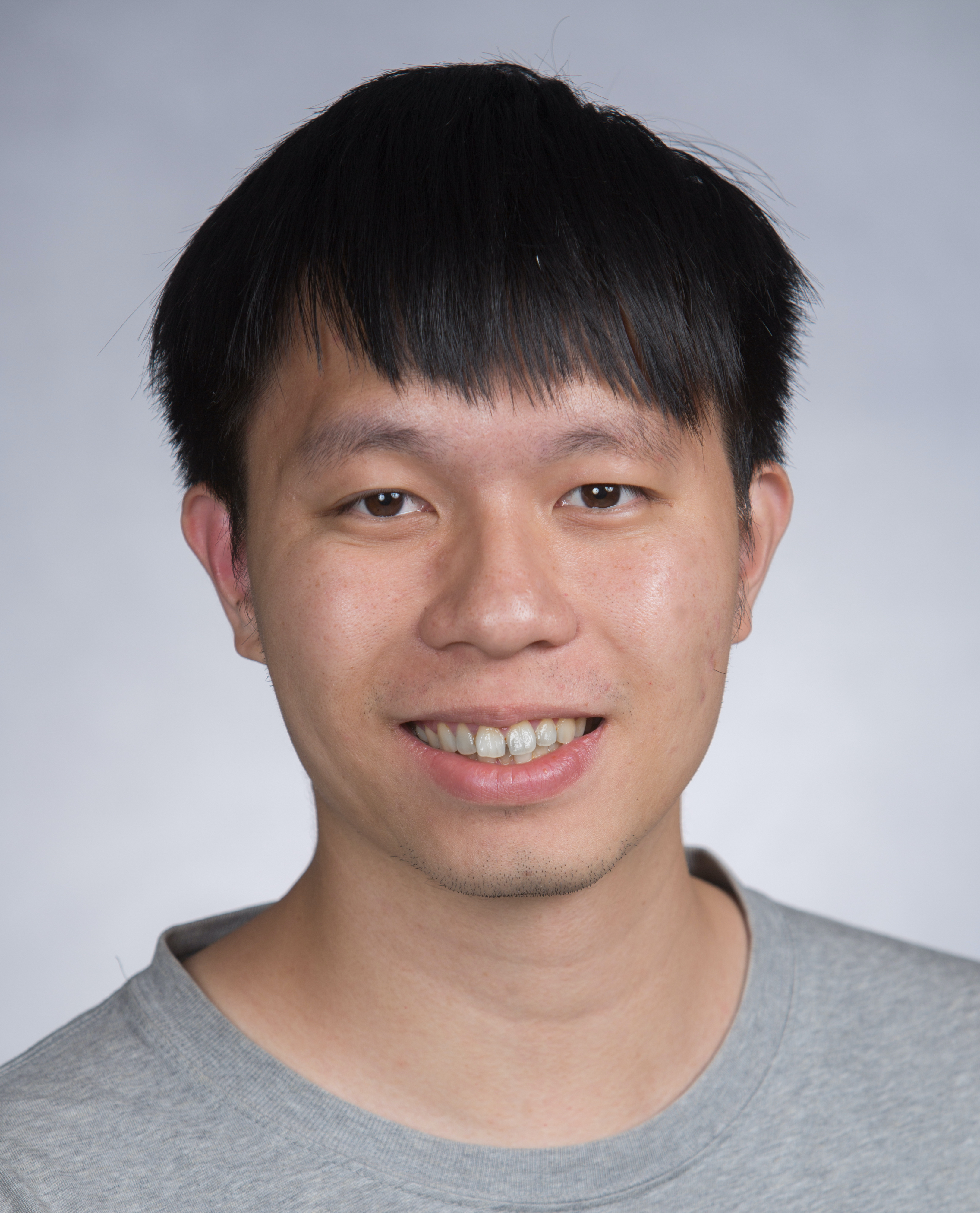
Dino Chih-Chun Hsu
Postdoctoral Researcher at Northwestern University CIERA
I am an observational astrophysicist studying low-mass stars, brown dwarfs, and gas giant exoplanets using high-resolution spectroscopy.
My research aims at understanding their formation and evolution.
In particular, my approach is statistically studying their rotation, abundances, kinematics and multiplicity as well as identifying and characterizing benchmark systems (e.g. chemistry, spins, orbital paramteres such as mass, separation, eccentricity from binaries and abundances), and to further constrain the formation and evolution from theoretical models.
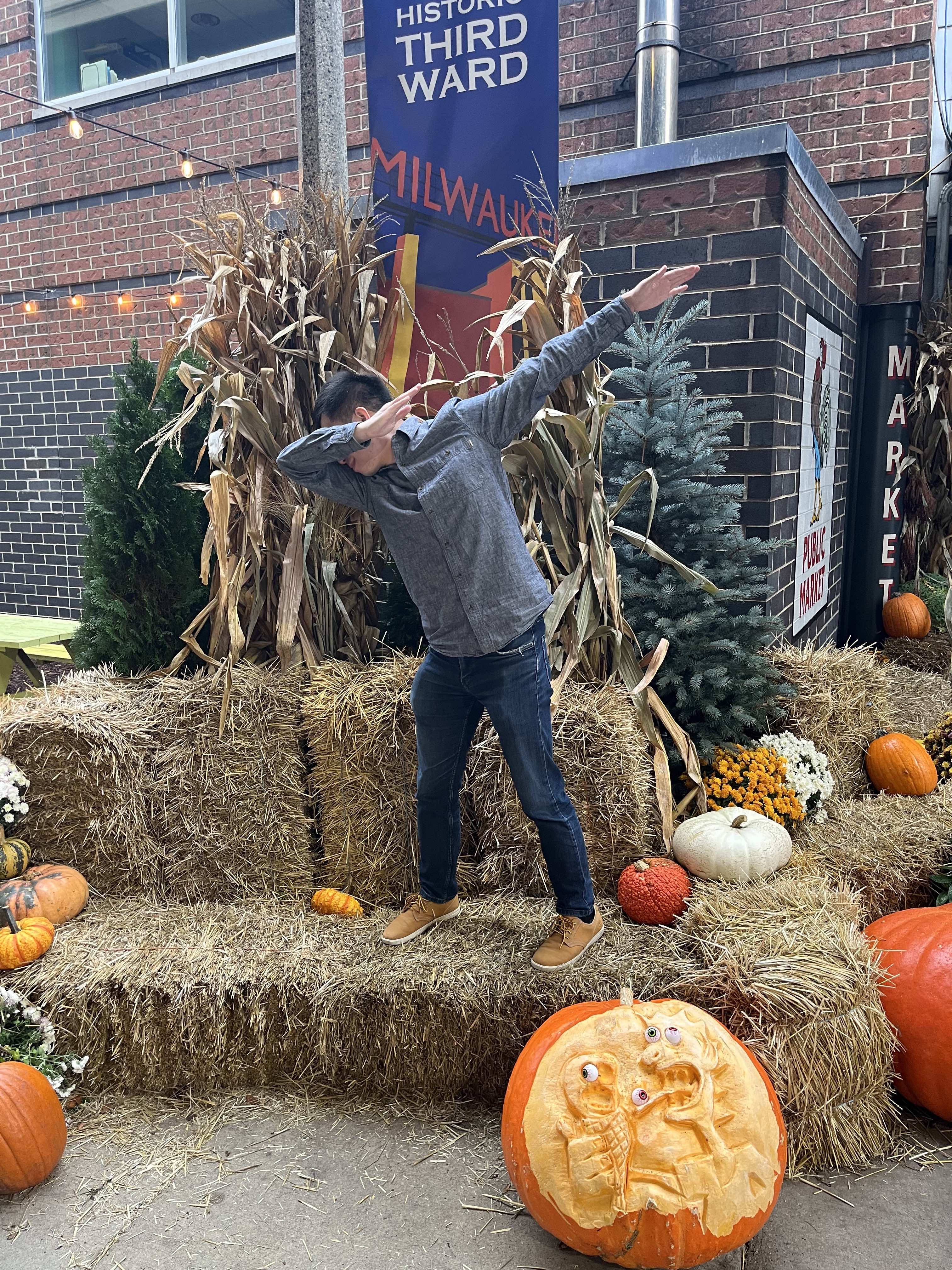
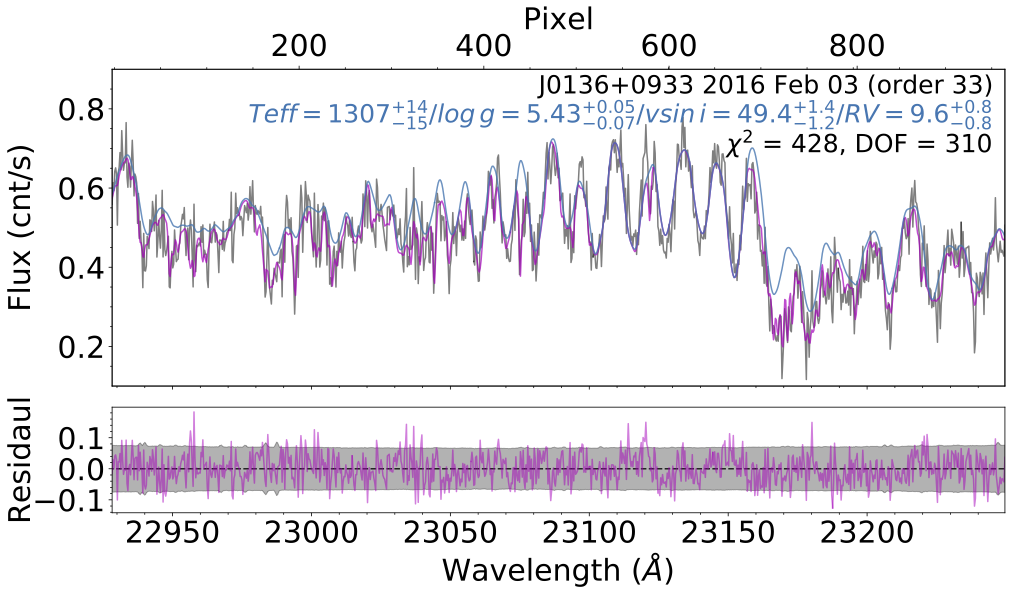
Forward-Modeling Method
I use a Markov Chain Monte Carlo (MCMC) forward-modeling method to model the high-resolution spectra and extract precise radial and projected rotational velocities, as well as effective temperatures and surface gravities for hundreds of nearby ultracool dwarfs, also the largest UCD RV and vsini sample in the literature. I named this code SMART, which is one of the most precise modeling codes to extract UCD RVs and vsinis from high-resolution near-infrared spectroscopy. With SMART I found the shortest orbital period UCD binary (P=0.71 day) to date, LP 413-53AB (Hsu et al. 2023). I jumped so high when I made this discovery!
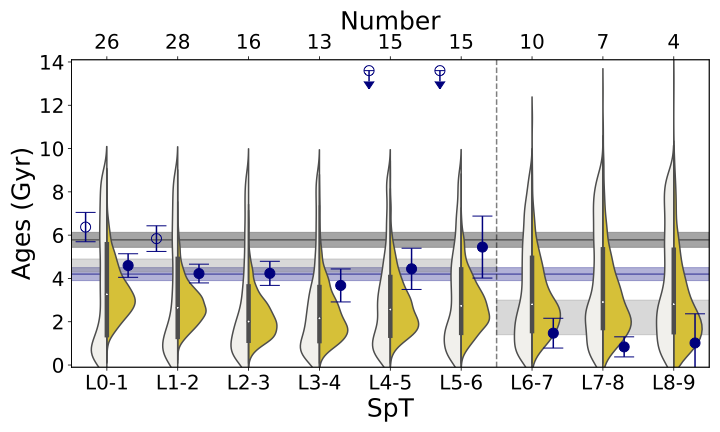
Ultracool Dwarf Kinematics
Space motions of celestial objects tell us how their formation history and evolution. Using a forward-modeling method, I measured previse radial and projected rotational velocities of the lagest sample in the literature of 37 T dwarfs. I compiled a local 3D kinematics sample of 172 late-M, L, and T dwarfs and found kinematic evidence of the stellar and substellar boundary (~L4-L6), consistent with Baraffe 2003 theoretical model (Hsu et al. 2021). I recently published a huge catalog of multi-epoch RV and vsini measurements of 258 M6 to L2 dwarfs and 444 candidate UCDs (total 2474 epochs) from SDSS/APOGEE DR17 (Hsu et al. 2024b).
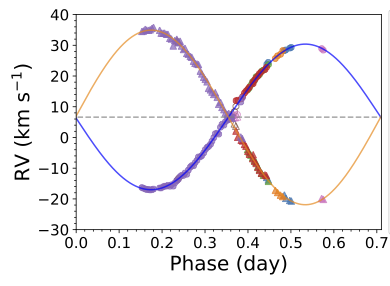
Ultracool Dwarf Binaries
Binaries are a direct product of star formation. They provide measurements of mass (or mass ratio), separation, orbital period and eccentricity which can be used to constrain the star formation models. With the precise radial velocities (RVs) from the forward-modeling method, I found the first two RV-verified T dwarf binary systems J1106+2754 and J2126+7617 (Hsu et al. 2021) and the shortest-orbital-period ultracool dwarf binary (P=0.71 day! and a nearly circular orbit) LP 413-53AB (Hsu et al. 2023, ApJL). Using >900 epochs of APOGEE spectra, I identified 37 UCD binaries candidates from the APOGEE DR17 (Hsu et al. 2024b).
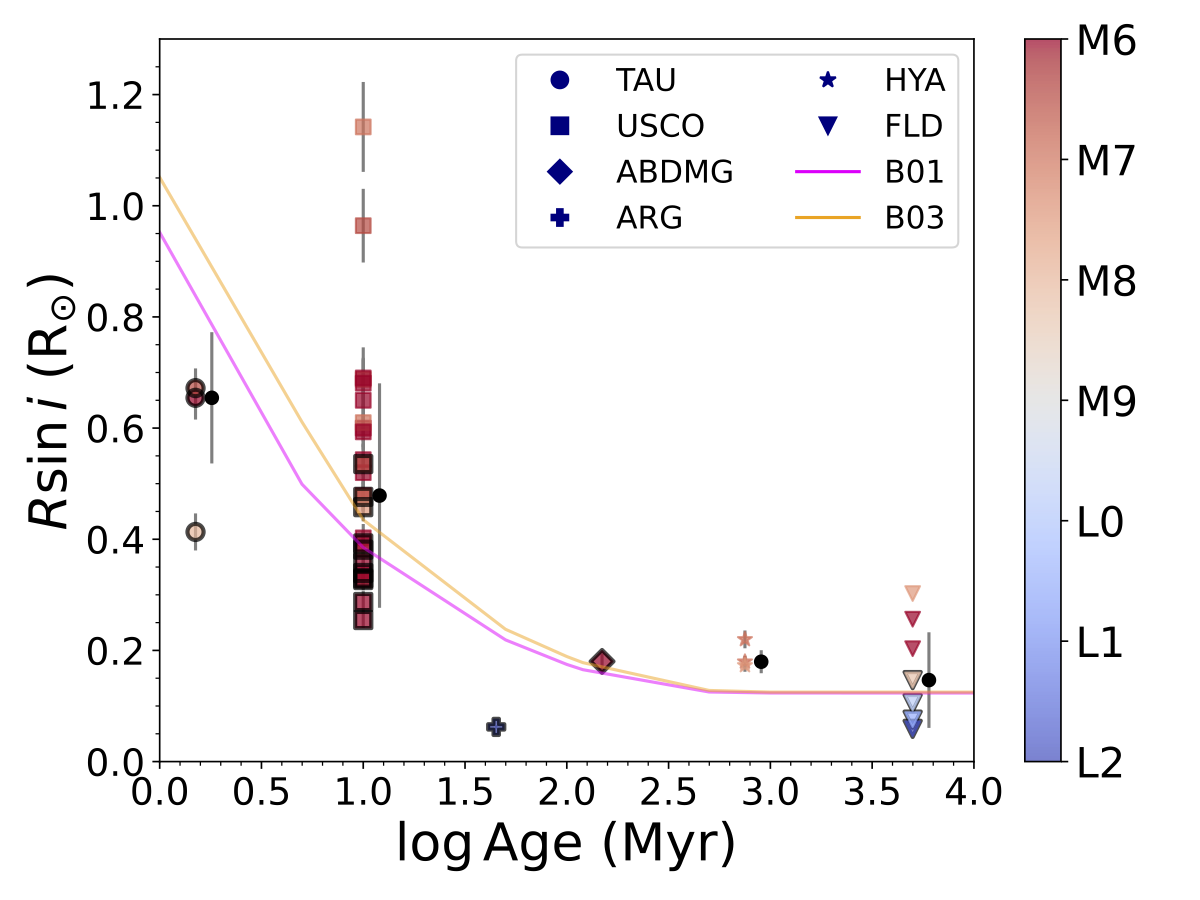
Rotation of Very-low-mass Objects
The rotation of very-low-mass dwarfs tells us their angular momentum evolution. Stellar and substellar objects experience different phases of angular momentum evolution, which can be constrained using their rotational period (through photometric light curves) and projected rotational velocities (vsini) through high-resolution spectroscopy. In my local 20 pc 172 UCD vsini compilation, we found T dwarfs indeed have higher vsini compared to late-M and L dwarfs, indicating that the angular momentum is less loss toward old and field brown dwarfs (Hsu et al. 2021).
Using 40 UCDs in young clusters in the APOGEE Survey, we (for the first time) combined precise photometric rotational periods and vsini, and examined the empirical projected radii (Rsini). We found the Rsini roughly follow the theoretical trend, but higher on average by ~25% across different ages, implying that the radius inflation issue extends to the ultracool dwarf regime (Hsu et al. 2024b).
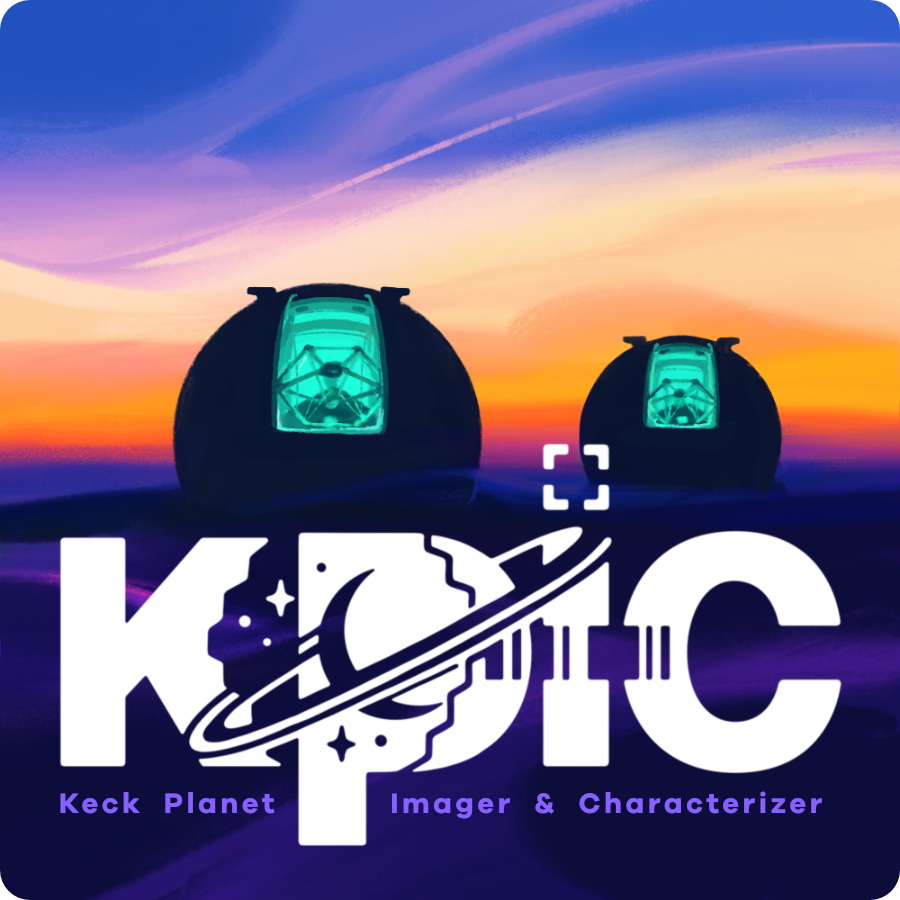
Rotation and Abundances of Gas Giant Exoplanets
More recently, I am working on the high-resolution spectroscopic survey to extract the spins of giant exoplanets and very-low-mass objects using the Keck Planet Imager and Characterizer (KPIC; Mawet et al. 2017). The rotation and abundances of gas exoplanets can provide us with their formation and evolution. HD 33632 Ab, a close-in (~20 au) directly imaged late-L brown dwarf companion around its host star. In short, we measured its spin, RV, and abundances, and compared the literature spins at the population level. HD 33632 Ab exibits a fast rotation (which hinders our ability to detect possible methane but also favors disequilibrium chemistry), with its abundances consistent as the host star (Hsu et al. 2024a). I also led the first clear detection of CO and water in the atmosphere of the protoplanet PDS 70 b (Hsu et al. 2024c), which shows a C/O ratio similar to its host star, in contrast with a high C/O ratio of the gas disk probed by ALMA. This ruled out and confirmed some formation scenarios in the literature, check out my first exoplanet paper linked below! I am leading the full KPIC spin survey to critically analyze the spins of the very-low-mass objects and gas giant exoplanets. Stay tuned!
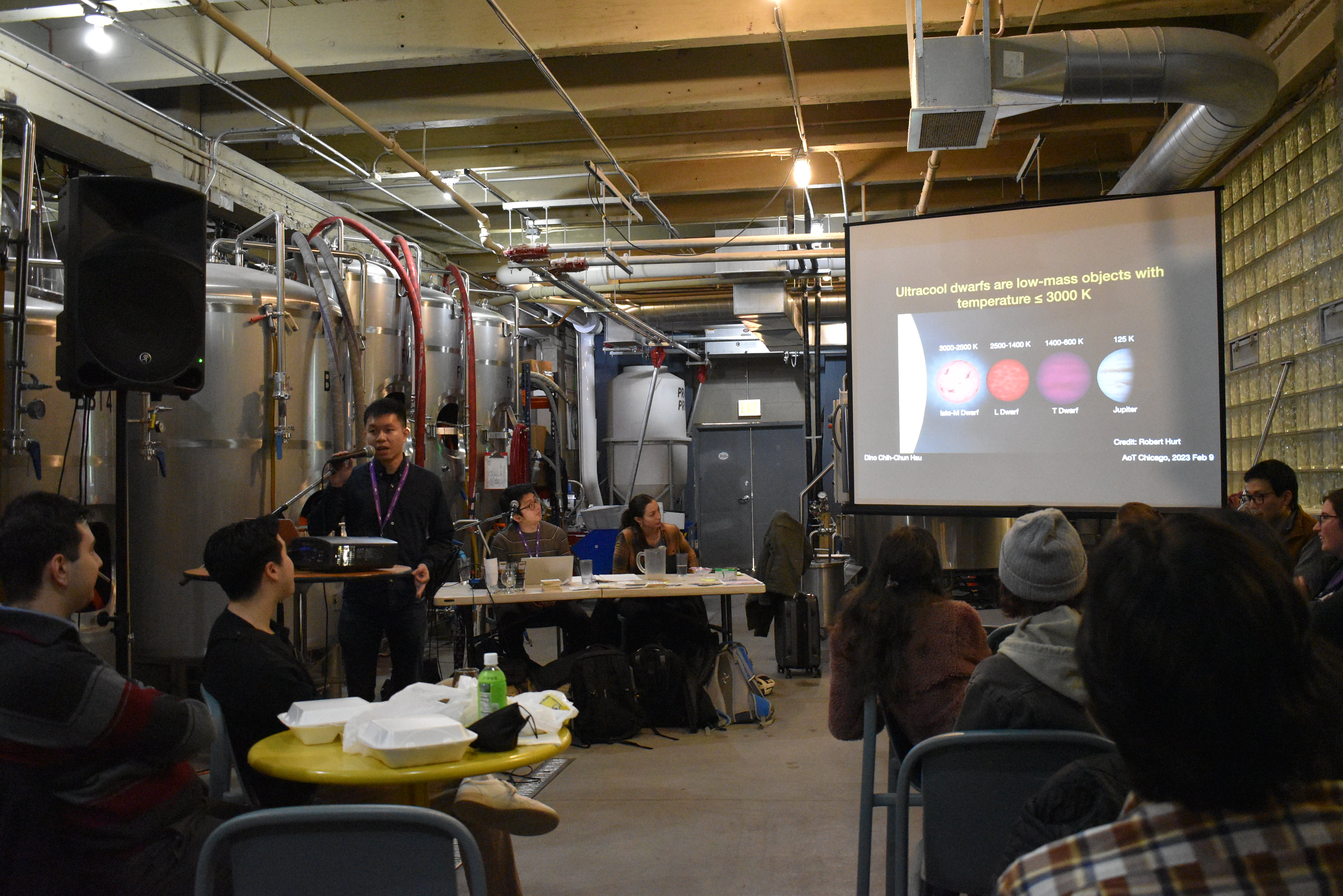
Teaching & Outreach
I had extensive teaching and outreach experience since my graduate studies at UC San Diego. During my Ph.D. at UC San Diego, I taught various classes with a total of 15 quarters of teaching experience.-
Address
1800 Sherman 7th Floor, Room 7403
Northwestern University, CIERA
Evanston, IL 60201 -
Email
chsu@northwestern.edu -
Social